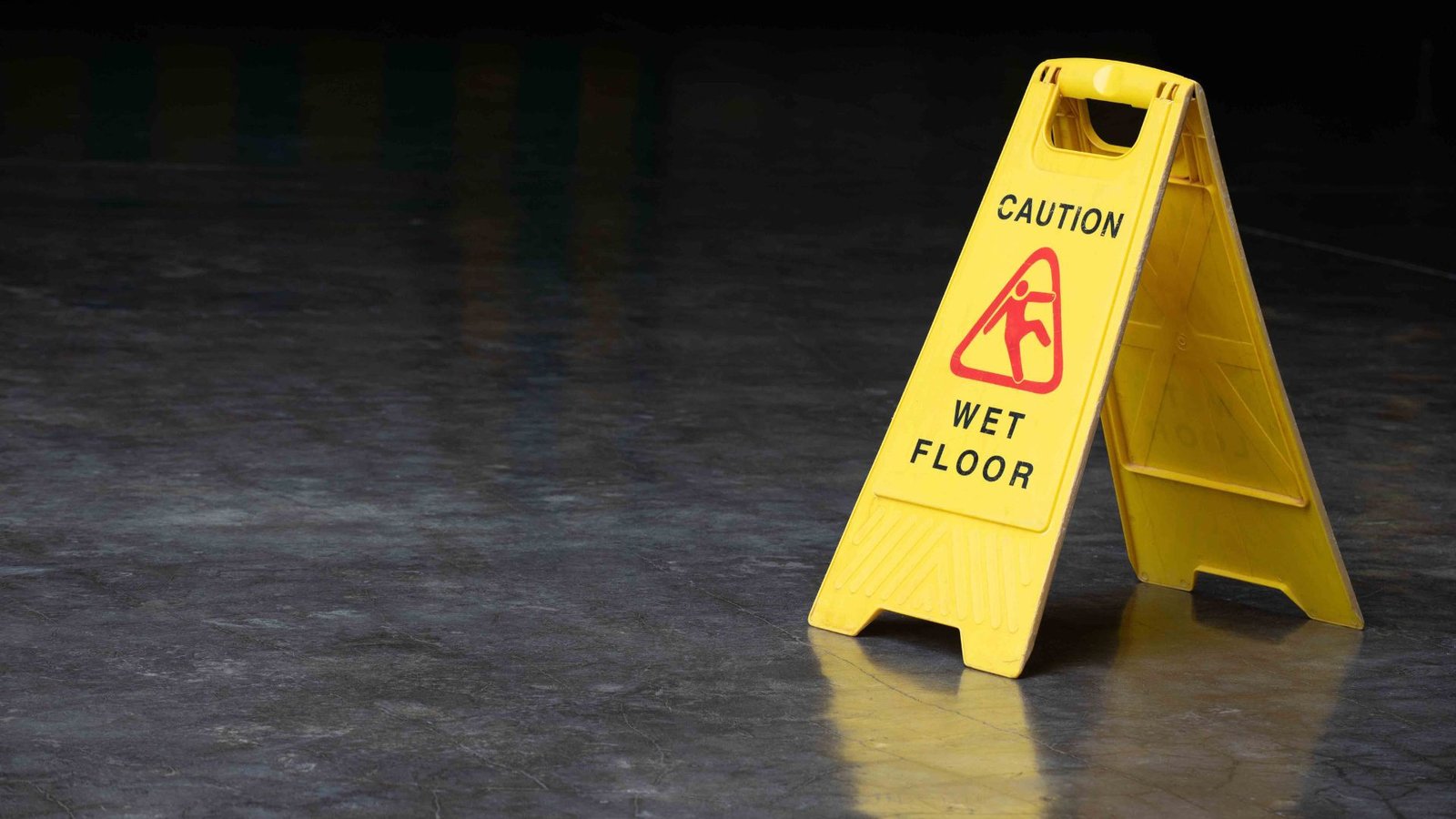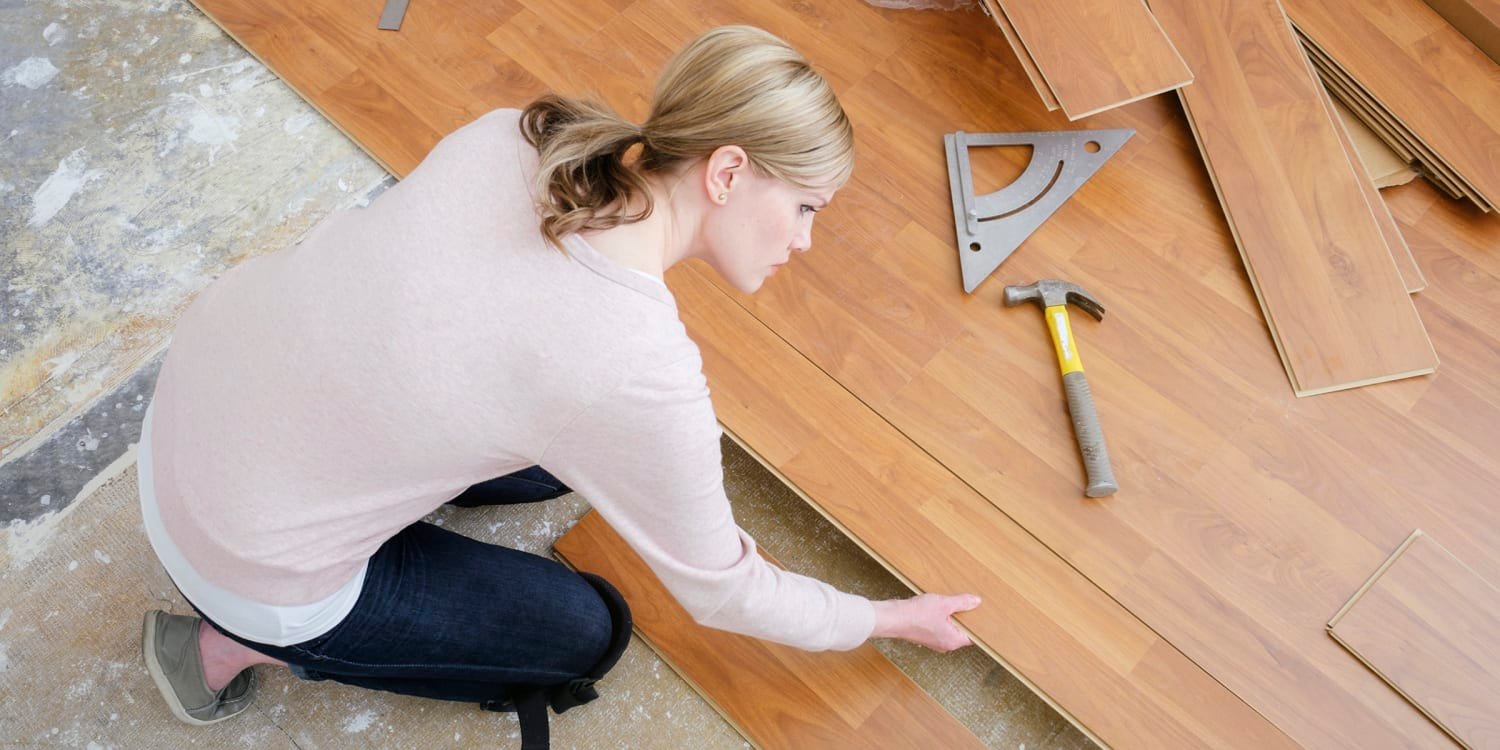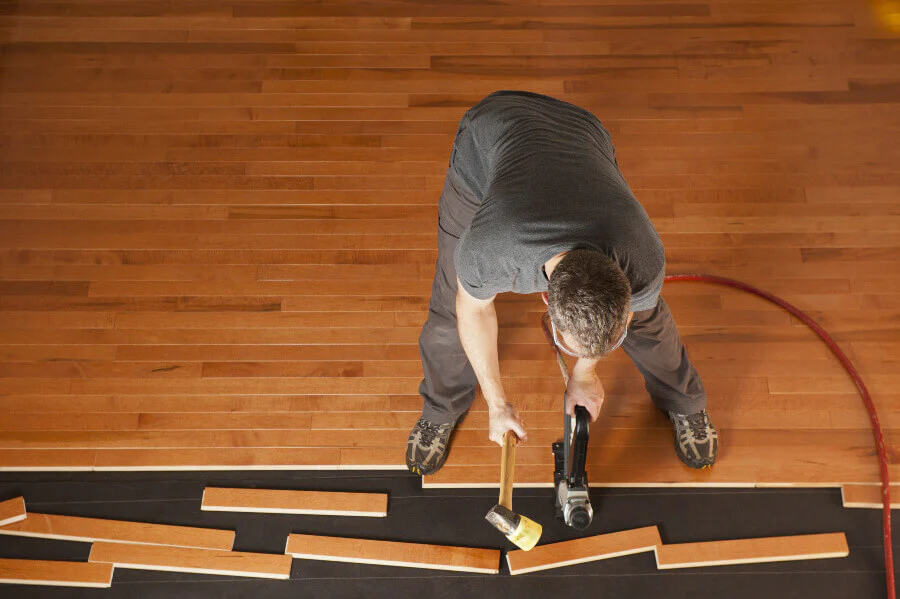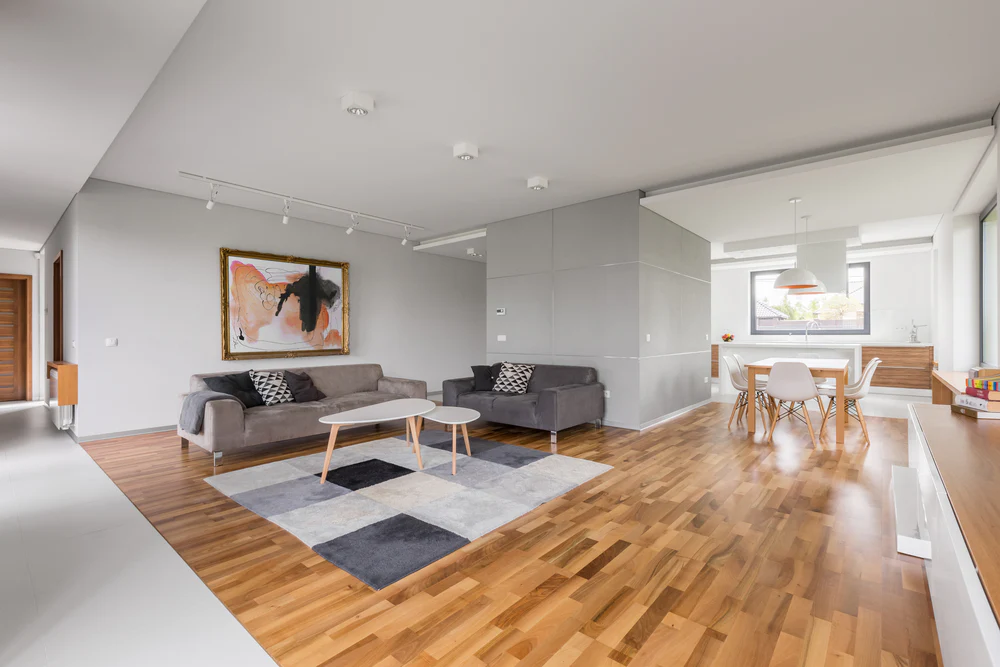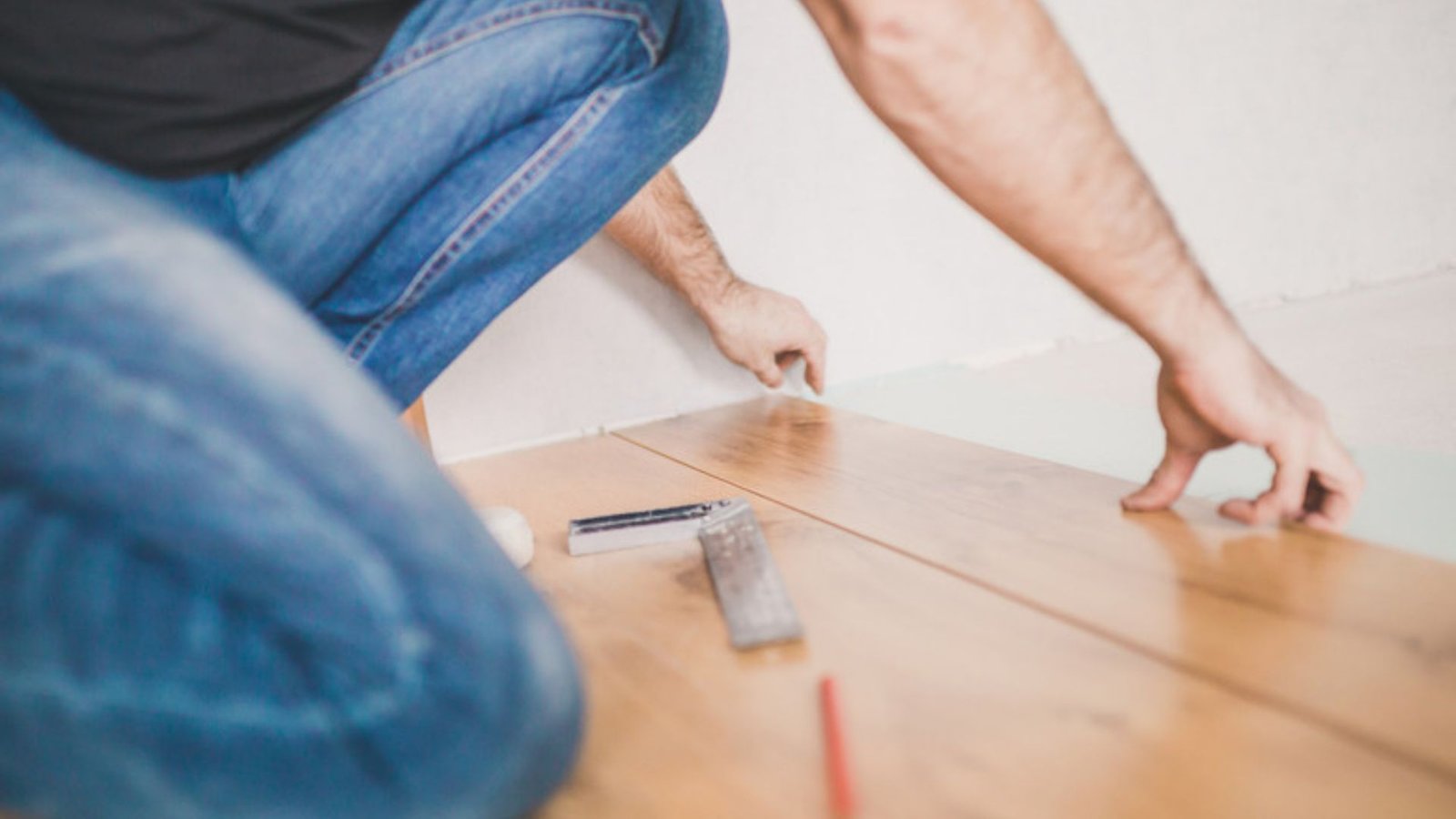Preventing slips on smooth flooring is essential for keeping your home safe and comfortable. Smooth surfaces, like tiles and hardwood, can be beautiful and easy to clean, but they can also be slippery, especially when wet or dusty. In this article, we’ll share practical tips that help prevent slips and falls on smooth flooring. By following these tips, you can create a safer environment for yourself and your loved ones.
1. Use Non-Slip Rugs and Mats
One of the simplest ways of preventing slips on smooth flooring is to use non-slip rugs and mats. These can be placed in high-traffic areas, like entryways, kitchens, and bathrooms, where spills are more likely to occur. Look for rugs with rubber backing, as they provide better grip on the floor and reduce the risk of slipping. When selecting rugs, ensure they are appropriate for the area and not too thick, as this can create tripping hazards.
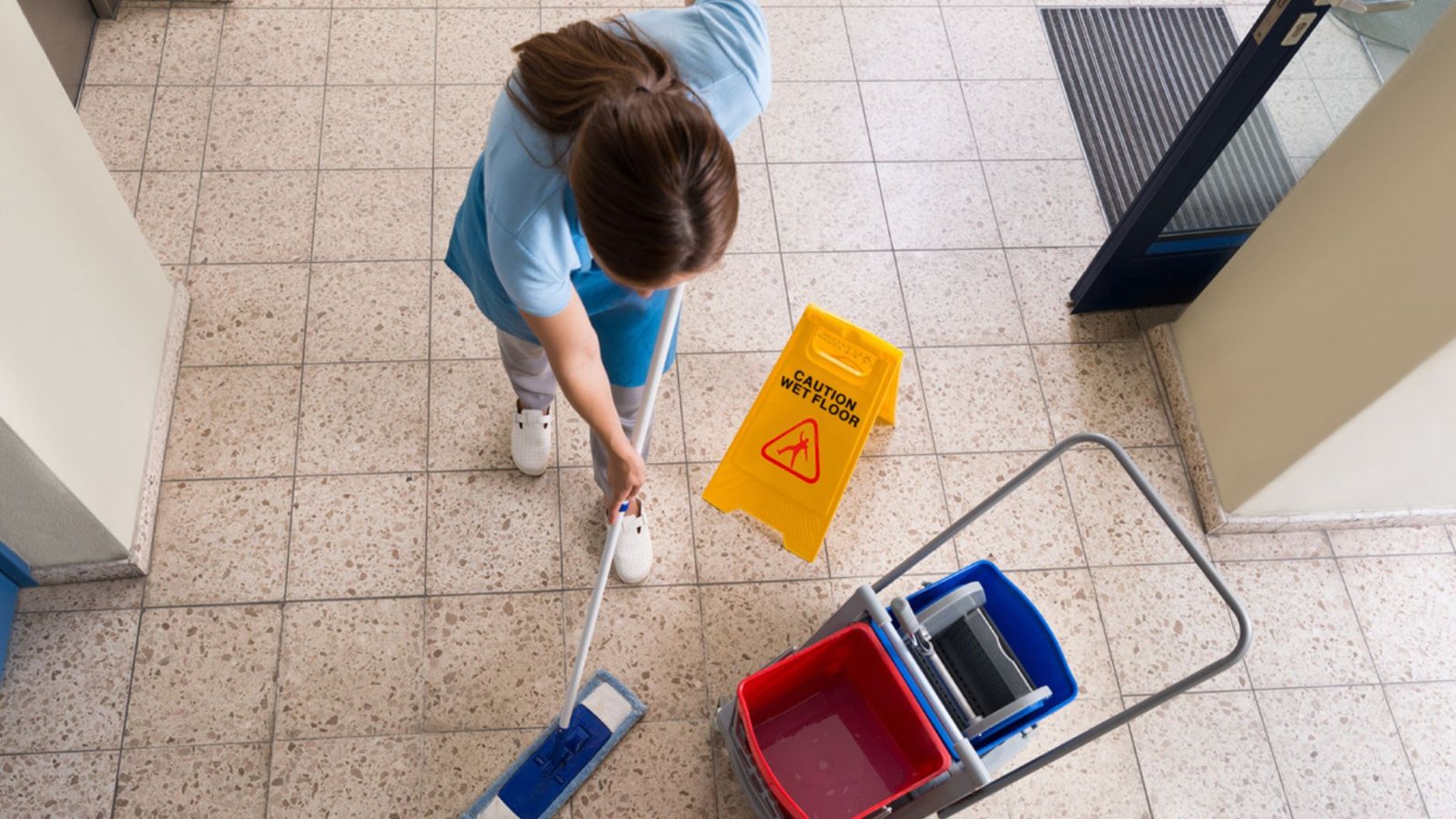
2. Maintain Clean Floors
Keeping your floors clean is crucial for preventing slips on smooth flooring. Dirt, dust, and spills can make surfaces slick and dangerous. Regularly sweeping, vacuuming, and mopping your floors will help eliminate debris that can cause slips. Make sure to clean up spills immediately to prevent them from becoming a slipping hazard. Additionally, use cleaning products that are designed for your flooring type, as some solutions can leave behind a slippery residue.
3. Apply Anti-Slip Coatings
Consider applying anti-slip coatings to your smooth flooring. These coatings are designed to increase traction and reduce the risk of slipping. You can find products specifically made for different flooring types, such as tiles, hardwood, and laminate. When applying these coatings, follow the manufacturer’s instructions carefully to ensure the best results. This step is especially important in areas prone to moisture, like bathrooms and kitchens.
4. Use Grip Strips
Another effective method for preventing slips on smooth flooring is to use grip strips. These adhesive strips can be applied to stairs, ramps, or other areas where slips are common. Grip strips provide extra traction and can significantly reduce the chances of slipping. Ensure that the strips are placed correctly and cover the entire surface for maximum effectiveness.
5. Choose Appropriate Footwear
What you wear on your feet can make a significant difference in preventing slips on smooth flooring. Encourage everyone in your home to wear shoes with non-slip soles. Avoid wearing socks or slippers with smooth bottoms, as these can increase the likelihood of slipping. Additionally, if you have guests, consider providing non-slip footwear or slippers to ensure everyone’s safety.
6. Install Flooring with Better Grip
When renovating or replacing flooring, consider choosing materials that naturally offer better traction. For instance, textured tiles, cork, or rubber flooring provide more grip compared to smooth, shiny surfaces. If you’re in the market for new flooring, prioritize options that are specifically designed for slip resistance. This choice can significantly contribute to preventing slips on smooth flooring in the long run.
7. Improve Lighting
Proper lighting is essential for preventing slips on smooth flooring. Poorly lit areas can lead to accidents, as individuals may not see potential hazards. Ensure that all rooms, hallways, and staircases are well-lit. Use bright, energy-efficient bulbs and consider adding motion-sensor lights in areas where slips are more likely to occur. Good lighting helps people navigate safely, reducing the chances of accidents.
8. Keep Furniture and Walkways Clear
A clutter-free environment can help prevent slips on smooth flooring. Ensure that walkways are clear of furniture, toys, and other obstacles that could cause trips and falls. If you have furniture with sharp edges, consider rearranging it to create a safer flow in your living space. Keeping your home organized and free of clutter will contribute to a safer environment for everyone.
9. Use Warning Signs in Hazardous Areas
In areas where slips are more likely to occur, such as around swimming pools or in bathrooms, consider using warning signs. These signs can alert family members and guests to be cautious. While it may seem simple, a visible reminder can help people pay attention to their surroundings and take care when walking on smooth flooring.
10. Regularly Inspect Your Floors
Finally, regularly inspect your floors for any signs of damage or wear that could contribute to slips. Cracks, loose tiles, or worn-out surfaces can create hazards that increase the risk of slipping. If you notice any issues, address them promptly by repairing or replacing the flooring. Keeping your floors in good condition is a vital step in preventing slips on smooth flooring.
Conclusion
Preventing slips on smooth flooring is essential for maintaining a safe living environment. By implementing these tips, you can significantly reduce the risk of accidents in your home. Using non-slip rugs, maintaining clean floors, and applying anti-slip coatings are just a few of the many effective strategies you can adopt. Prioritizing safety in your home will benefit you and your family, allowing everyone to move freely and confidently.







